What Is Growth Hacking and Why Is It More Relevant Than Ever?
If you’re involved in startups, marketing, or tech, you’ve probably heard the term—but what is growth hacking? It’s more than just a buzzword. Growth hacking is a mindset, a strategy, and often the secret weapon behind the rapid success of many well-known companies. As we move deeper into 2025, understanding what growth hacking is is crucial for any business aiming for fast, sustainable growth without massive budgets.
In this guide, we’ll break down exactly what growth hacking is, why it matters today, how it differs from traditional marketing, and how you can start applying it to your own business.
The Definition: What Is Growth Hacking?
At its core, growth hacking is the use of creative, low-cost strategies to help businesses acquire and retain customers quickly. Coined by Sean Ellis in 2010, the term captures a unique approach: prioritize growth over everything else.
Unlike traditional marketing, which often focuses on broad brand-building and long-term campaigns, growth hacking is laser-focused on scalable, repeatable tactics that drive fast results. It’s experimental, agile, and heavily data-driven.
In simple terms, if traditional marketing is painting a masterpiece, growth hacking is building a viral machine designed to explode your business overnight.
The Growth Hacker Mindset: Thinking Outside the Box
Understanding what is growth hacking requires embracing a new mindset. Growth hackers:
-
Constantly experiment with new ideas
-
Rely heavily on data and analytics
-
Think creatively under tight budgets
-
Focus on scaling successful tactics fast
-
Optimize every stage of the customer journey
Growth hacking is as much about mindset as it is about tactics. The best growth hackers are curious, fearless, and ruthlessly focused on what moves the needle.
How Growth Hacking Differs From Traditional Marketing
One major aspect of what is growth hacking is how different it is from traditional marketing. Here’s a quick comparison:
| Traditional Marketing | Growth Hacking |
|---|---|
| Focuses on brand awareness | Focuses on rapid user/customer growth |
| Big budgets and long timelines | Small budgets and rapid experiments |
| Department-driven (e.g., marketing team) | Cross-functional (product + marketing + tech) |
| Campaign-based | Continuous iteration and optimization |
Instead of waiting months to evaluate a billboard campaign, a growth hacker might A/B test 20 ad variants in a week to see what drives conversions fastest.
The Growth Hacking Funnel: From Awareness to Advocacy
A key part of what is growth hacking is understanding the funnel stages:
-
Acquisition – How people find you
-
Activation – Their first amazing experience
-
Retention – Keeping them coming back
-
Revenue – Monetizing your users
-
Referral – Getting users to bring more users
Growth hacking doesn’t just focus on getting people in the door. It optimizes every stage to maximize growth at every step.
Famous Examples That Define What Is Growth Hacking
Understanding what is growth hacking becomes clearer with real-world examples:
1. Dropbox
Dropbox offered extra storage for referrals, turning users into evangelists and growing their user base exponentially.
2. Airbnb
Early on, Airbnb leveraged Craigslist to automatically post listings, instantly tapping into an established audience without spending on ads.
3. Hotmail
They added a simple “P.S. I love you. Get your free email at Hotmail” link at the bottom of every email, creating viral, free marketing.
Each example shows growth hacking in action: low-cost, high-impact, scalable ideas that fuel rapid growth.
Essential Tools for Growth Hacking in 2025
You can’t explore what is growth hacking without looking at the essential tech stack. Growth hackers use tools like:
-
A/B testing platforms (e.g., Optimizely)
-
CRM and email marketing tools (e.g., HubSpot, Mailchimp)
-
Analytics and tracking (e.g., Google Analytics, Hotjar)
-
Automation tools (e.g., Zapier, ActiveCampaign)
-
Referral program software (e.g., ReferralCandy)
With the right tools, growth hacking becomes faster, more precise, and easier to scale.
The Process: How Growth Hacking Works Step-by-Step
Here’s a basic blueprint for executing a growth hack:
-
Identify your biggest bottleneck in the funnel (e.g., low activation rates).
-
Brainstorm creative experiments to address it.
-
Prioritize experiments based on potential impact and ease.
-
Test rapidly — launch small and measure results.
-
Double down on successes and discard failures quickly.
-
Systematize winning tactics and move to the next bottleneck.
Speed and learning are everything when it comes to what is growth hacking.
Key Skills Needed to Be a Successful Growth Hacker
Want to understand what growth hacking demands from professionals? Here are the essential skills:
-
Data Analysis – Being able to read numbers and spot trends fast.
-
Technical Skills – Basic coding, web development, and automation knowledge.
-
Creativity – Thinking of non-obvious solutions.
-
Marketing Knowledge – SEO, email marketing, paid ads expertise.
-
User Psychology – Understanding what motivates people to take action.
It’s a hybrid role combining tech, marketing, creativity, and analytics—a true modern superpower.
Common Myths About Growth Hacking
Many misunderstand what is growth hacking because of these common myths:
-
It’s only for startups – Wrong. Enterprises now use growth hacking to stay agile.
-
It’s about shortcuts – Not true. It’s about smart, sustainable experiments.
-
It replaces marketing – No. Growth hacking complements and accelerates traditional marketing.
Growth hacking isn’t about skipping work—it’s about working smarter and scaling faster.
How to Start Growth Hacking Your Business
Want to try it yourself? Here’s how to apply what growth hacking principles are today:
-
Audit your current funnel to find weaknesses.
-
Experiment relentlessly with small, fast tests.
-
Focus on scalable channels like SEO, referrals, and viral loops.
-
Measure everything — what you don’t measure, you can’t grow.
-
Adopt a fail-fast mindset — failure teaches faster than success.
Start small, stay nimble, and let data guide you.
The Future of Growth Hacking: What’s Next?
As AI, machine learning, and automation evolve, so will growth hacking. In 2025 and beyond, expect:
-
Hyper-personalization through AI-driven experiments.
-
Predictive analytics to prioritize tactics.
-
Voice search and conversational growth hacking via chatbots.
-
Increased focus on privacy-friendly, ethical growth strategies.
Understanding what is growth hacking today prepares you for tomorrow’s opportunities.
Why Knowing What Is Growth Hacking Matters Now
If you’re serious about scaling your business, you need to move fast, think creatively, and leverage every advantage. Understanding what is growth hacking gives you the tools, mindset, and strategies to achieve rapid growth—even with limited resources.
Whether you’re a startup founder, marketer, or growth strategist, embracing growth hacking isn’t optional anymore—it’s essential.
Ready to start growth hacking your success?
Stay tuned to Webomo for more insights, tools, and strategies designed to help you grow smarter.

AUTHOR
Tomasz Jóźwiak
Growth Marketing Strategist | Founder at Webomo
I'm Tomasz Jóźwiak, a growth marketing strategist and the founder of Webomo. Over the past decade, I’ve helped startups, scale-ups, and established brands drive measurable growth through full-funnel strategies, performance marketing, and conversion optimization.
I believe in data-driven experimentation, fast execution, and full transparency—because real growth is about more than just vanity metrics.
👉 Let’s connect on LinkedIn or check out Webomo’s growth marketing work.

Fueling Growth with Strategy
Questions?
Ask any question about identifying new growth opportunities for your company.
